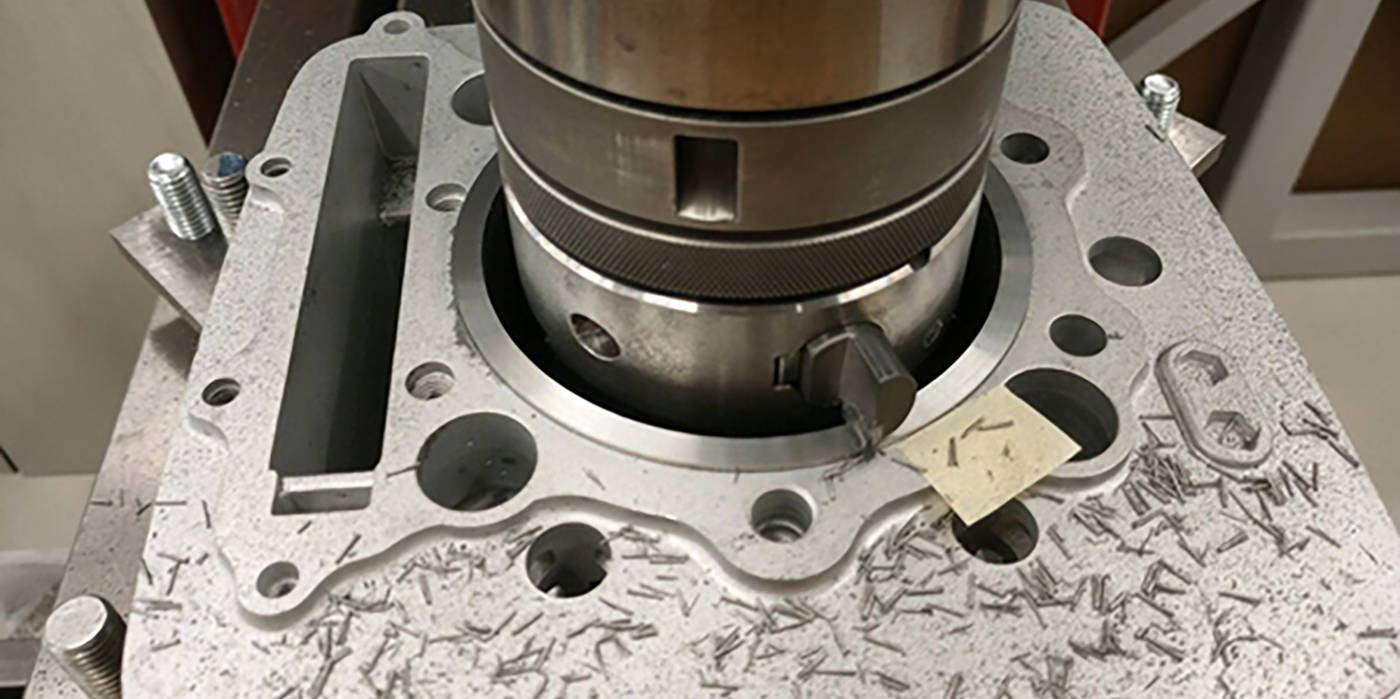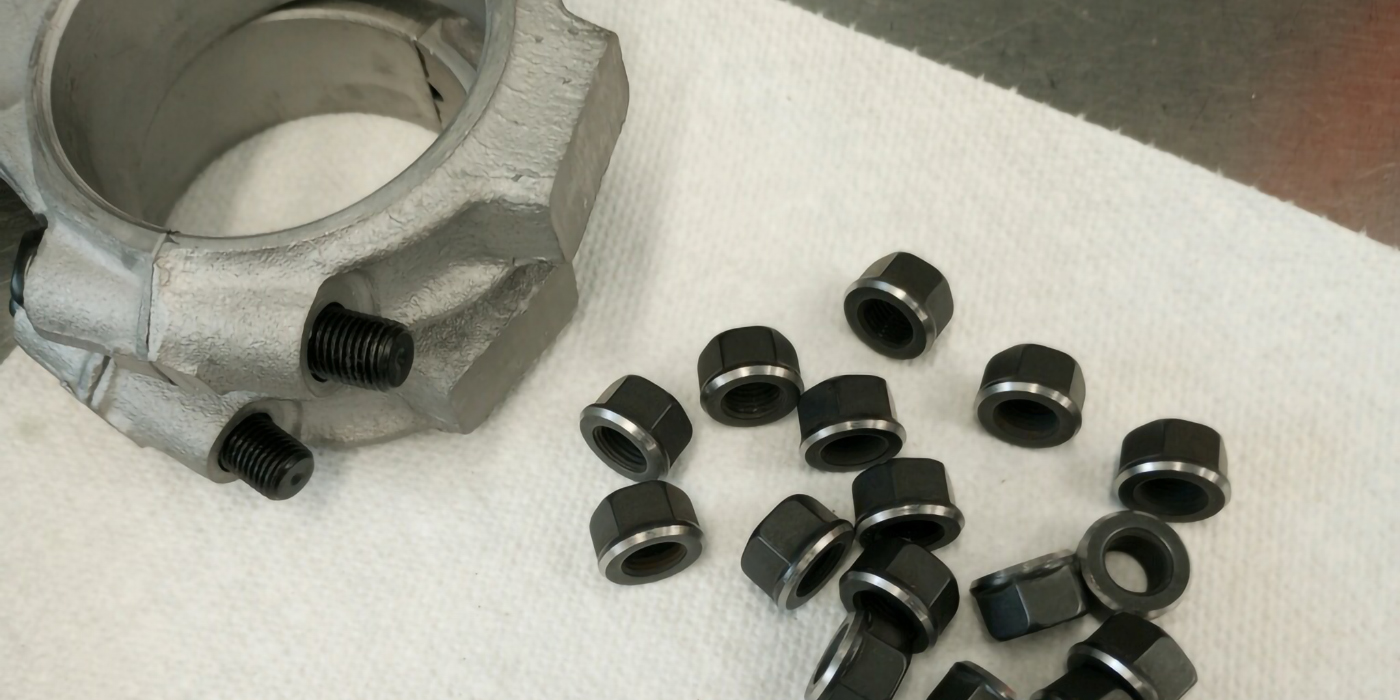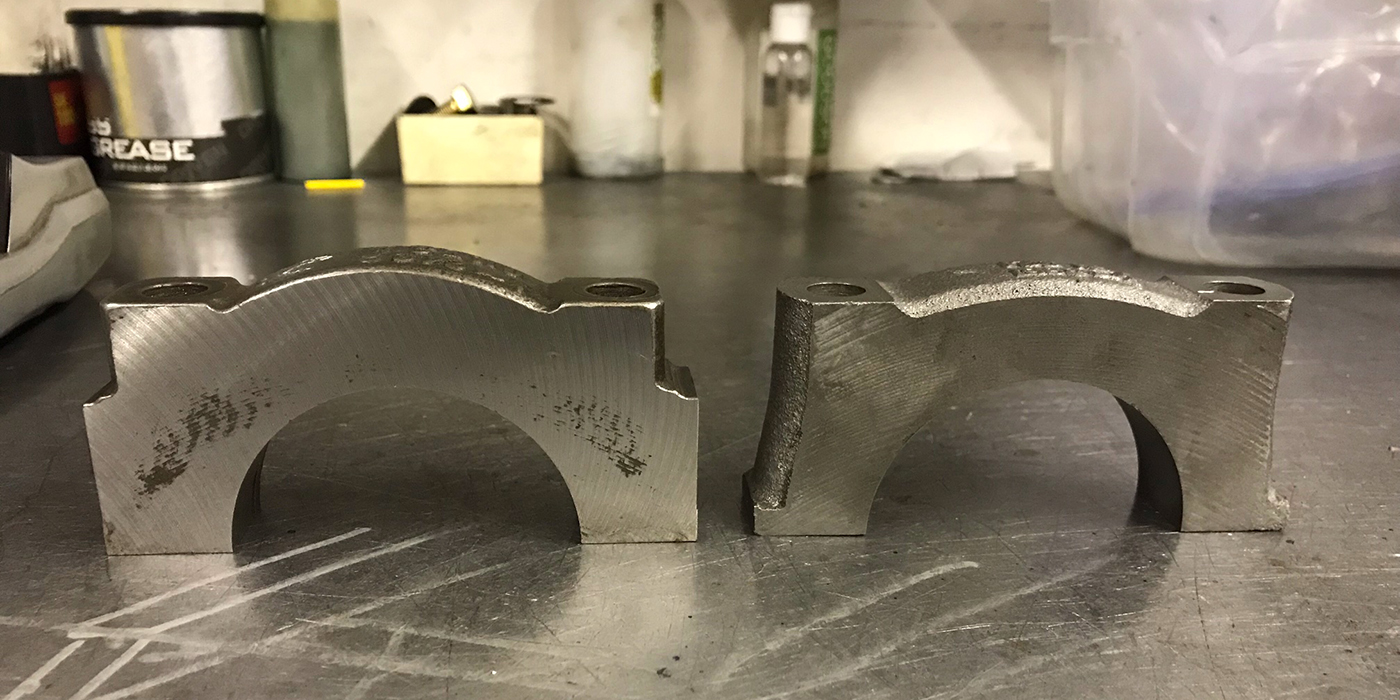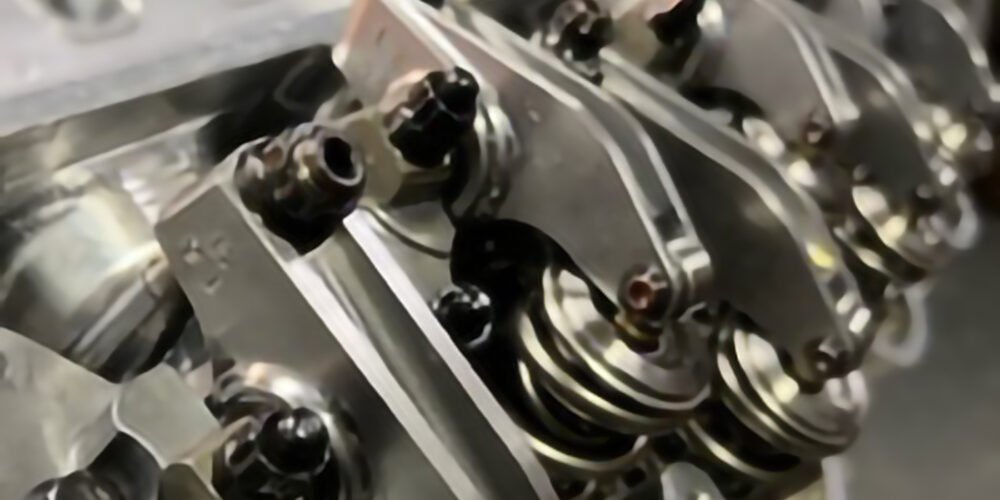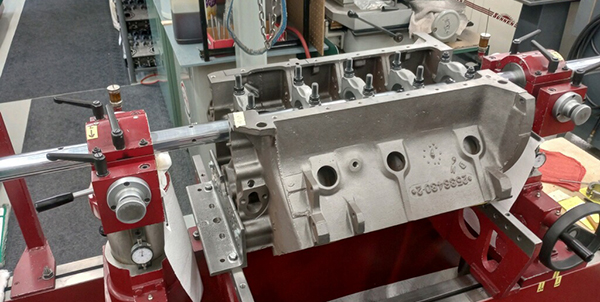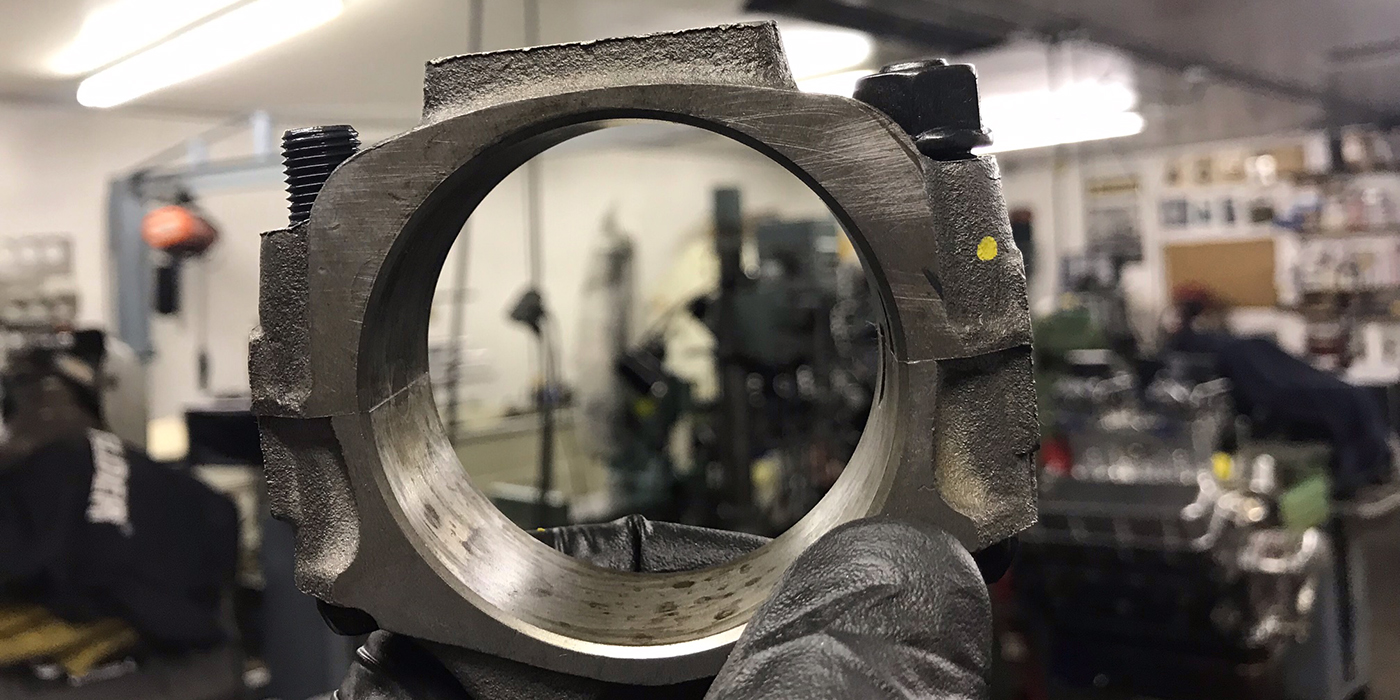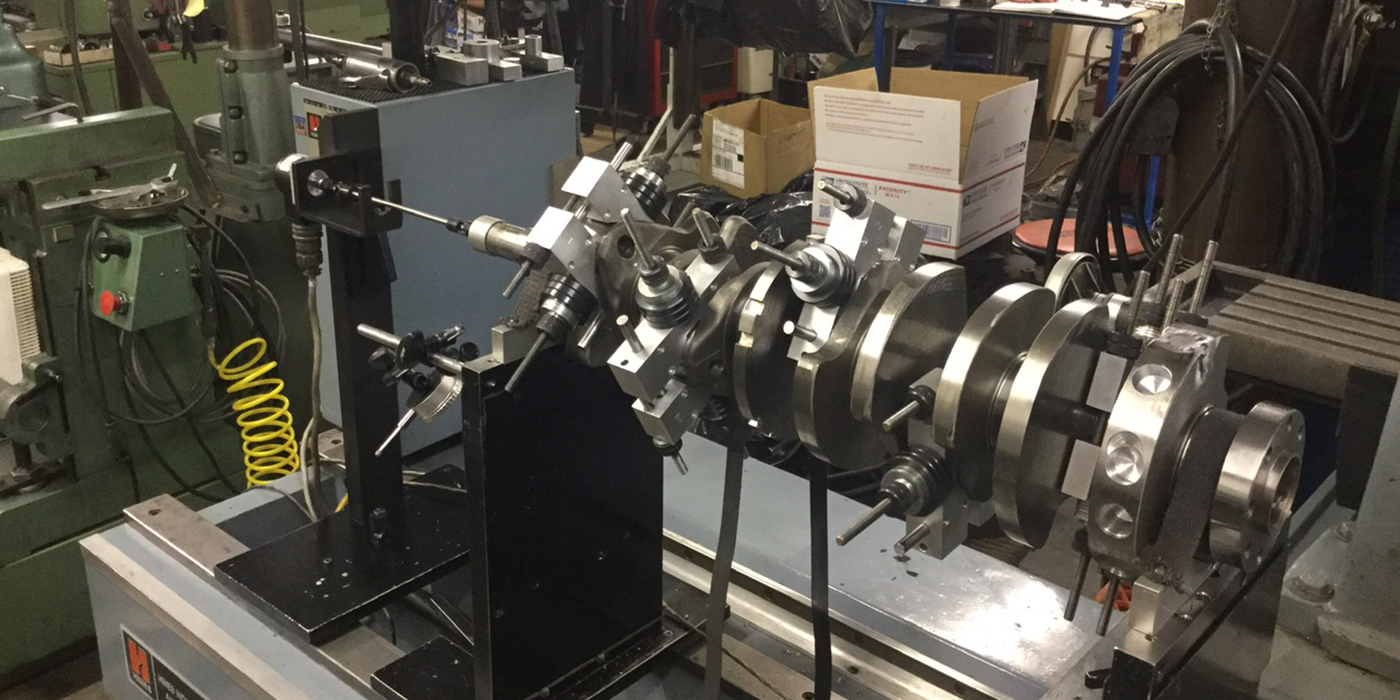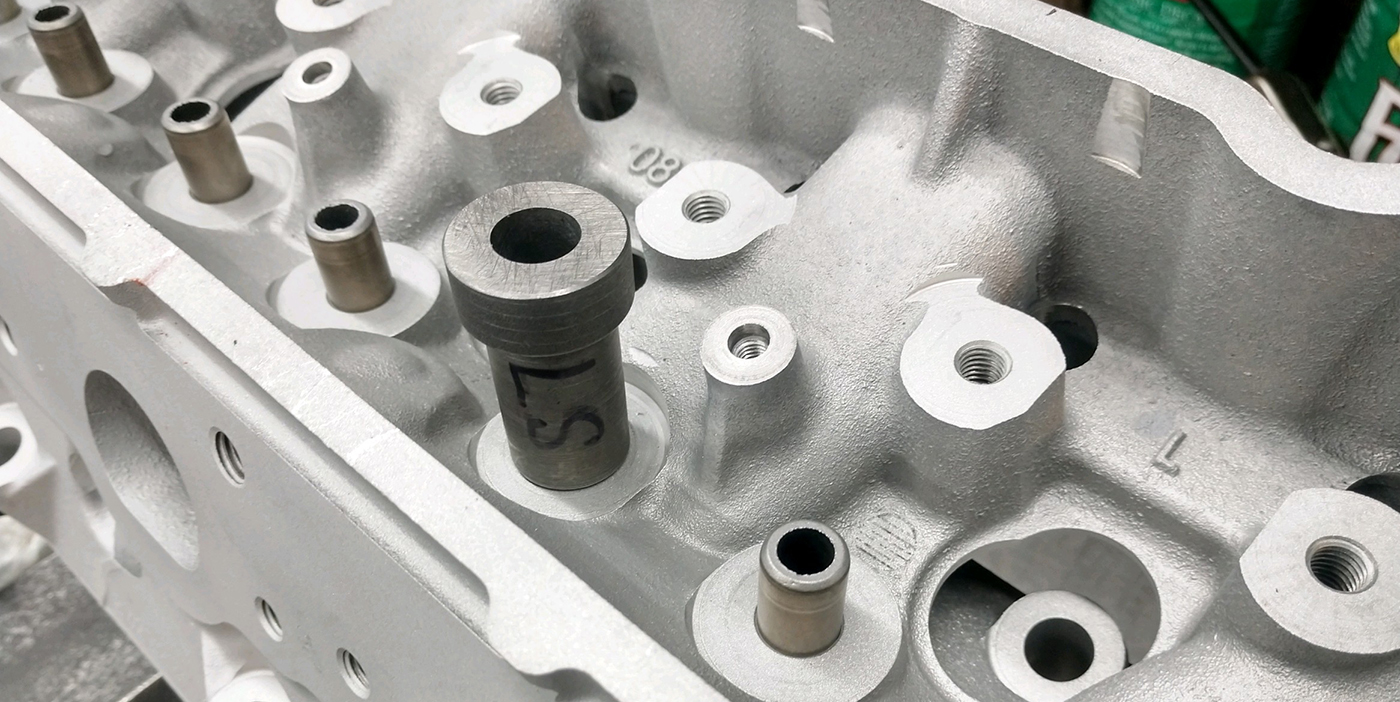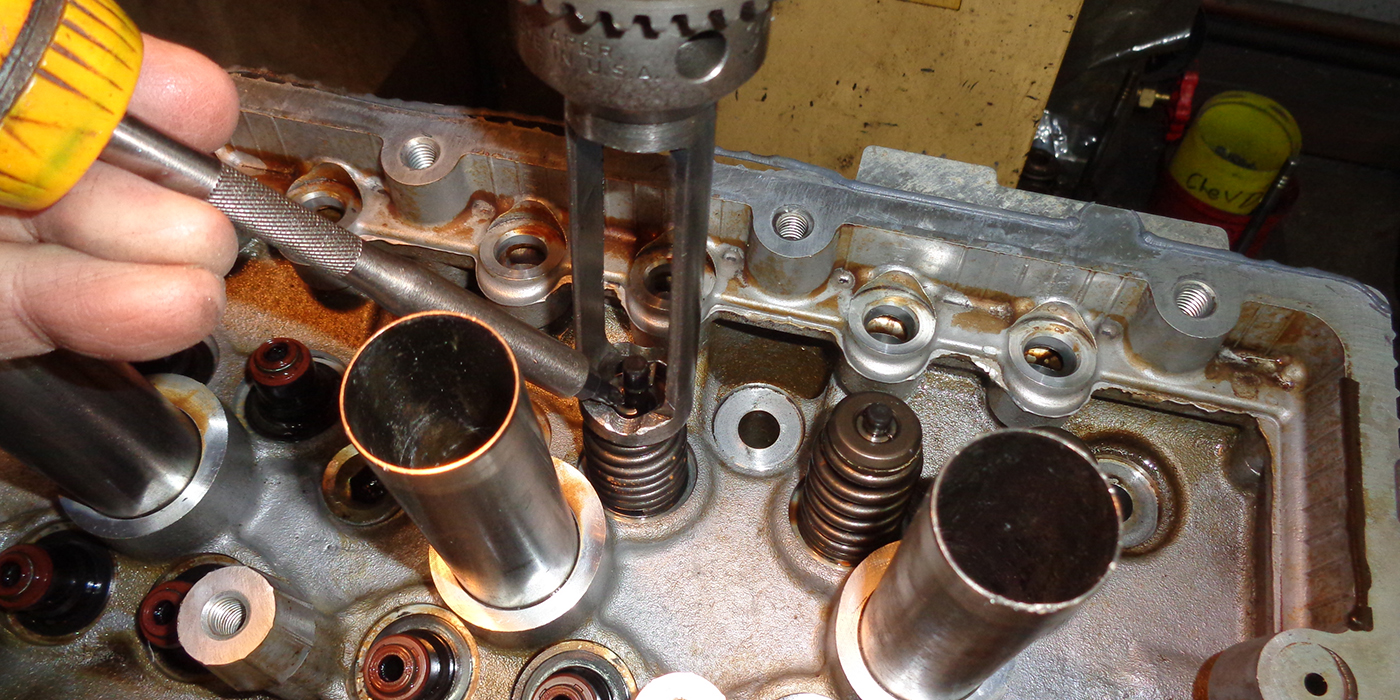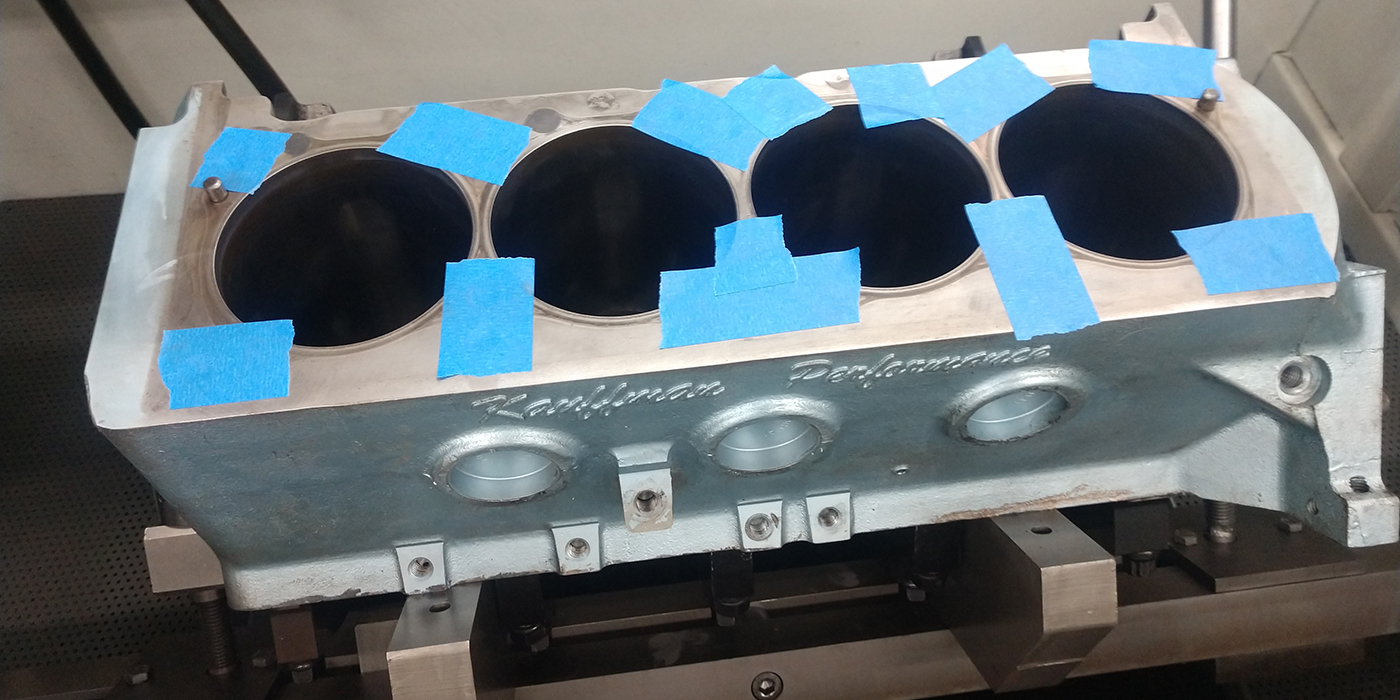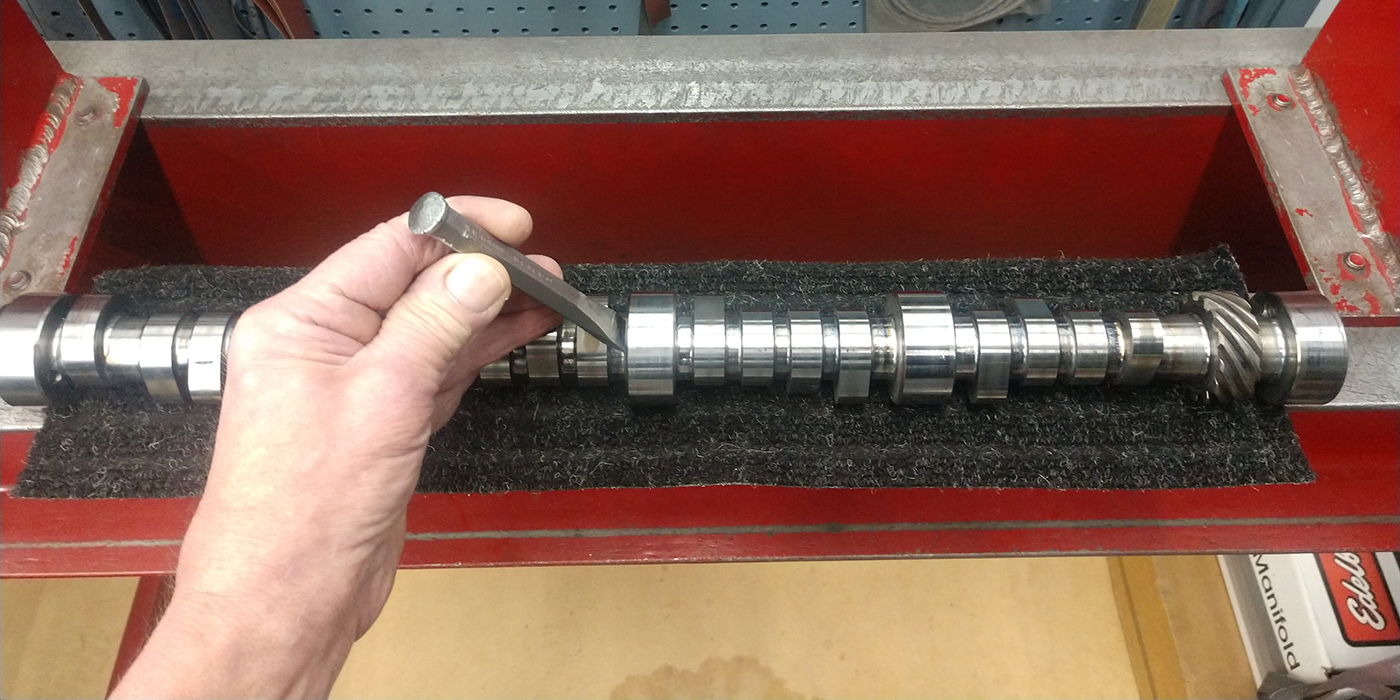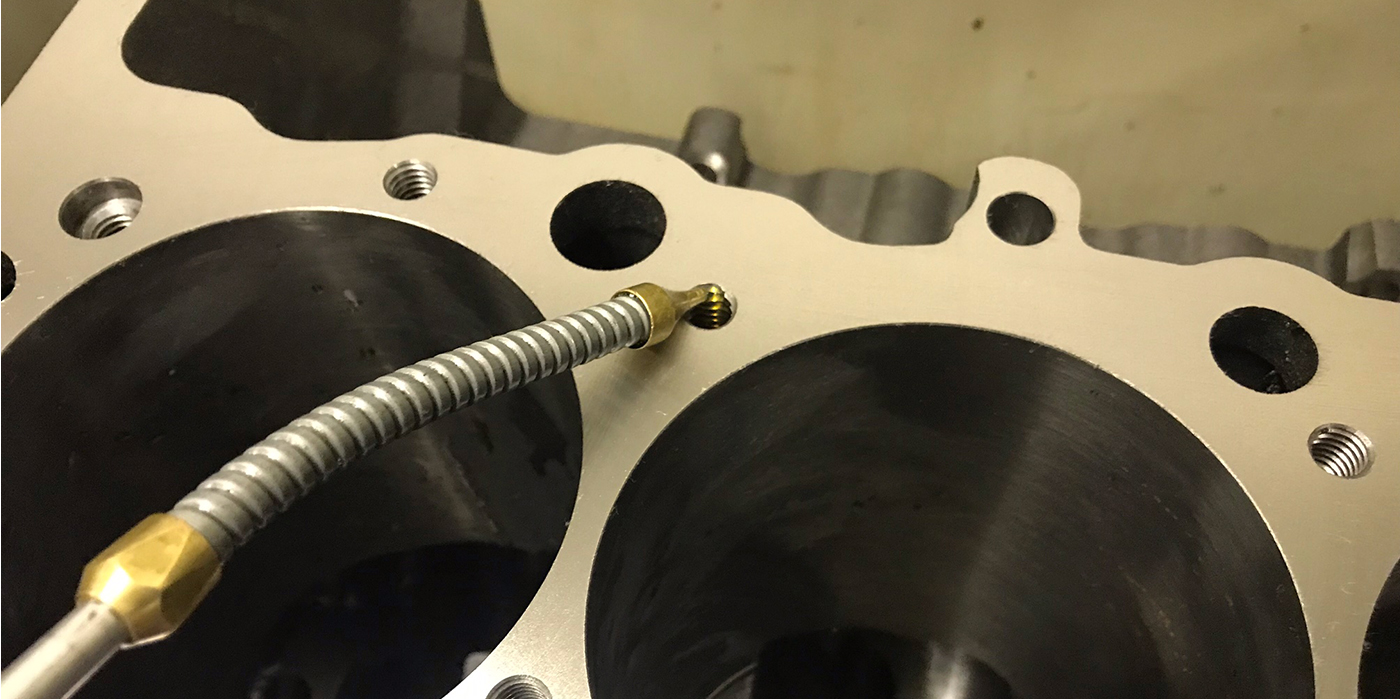Editors note: The first two Shop Solutions are responses to Larry Carley’s article “Cleaning Heads and Blocks” in the July 2011 issue of Engine Builder.
Cleaning Vintage Mercedes Parts
I enjoyed the July 2011 article “Cleaning Heads and Blocks” and wish to include a tech tip about the use of caustic cleaning on vintage Mercedes engine parts, particularly cranks and blocks. I specialize exclusively in servicing and restoring ’40s-’70s Mercedes, including in-house engine rebuilding.
Many years ago I apprenticed in an automotive machine shop where I first encountered a hot caustic soda tank for cleaning ferrous engine parts. Vintage Mercedes cranks have cross-drilled oil passages. Aluminum is used to plug the passages after drilling. I have seen shops soak these cranks too long in caustic soda and dissolve the aluminum plugs. These cranks were then installed in a fresh engine only to produce low oil pressure and no oil flow out of the overhead camshaft.
The problem is easy to fix. Just drill, tap, and install allen plugs in the holes. There are smaller aluminum plugs in the blocks that you also have to watch for.
Will Samples
S&S Imports
Dallas, TX
Cleaning Cylinder Heads and Blocks
Just read your article on the subject, and thought it was well done (with one minor exception, perhaps an oversight).
Many people use glass bead on aluminum (actually a misnomer, due to the fact that most is ground glass in various sieve sizes). Glass beads are available, but for impact purposes, not cleaning.
In any event, we have not used glass on aluminum of any kind in over 30 years. At that time, we glass cleaned a set of pistons, washed them with Safety-Kleen and assembled the engine. After some time on the dyno, we ran a final leakdown prior to calling the customer and it had high leakage past the rings!
Upon disassembly, we noticed that the ring surfaces seemed to be prematurely worn, and there were fine striations on the cylinder walls. It almost appeared that the engine was run without an air cleaner. As I recall, we had about a 400+ grit finish.
After much thought, I took two old pistons and cleaned them in the same manner as the others, then boiled them in hot water.
A film formed on the water surface that was discovered to be glass shards. Voila! Because the glass was multi-faceted and shot against soft aluminum with air pressure, some shards impacted and buried themselves, resisting solvents until the engine heated up and the pistons released the abrasive.
We never cleaned another aluminum part with glass after that, and have never had another problem. Our primary agent for that purpose has been baking soda. (The industry has been using slurry for many years.)
I have discovered in the interim that this has caused problems in other shops, especially in cleaning intake manifolds.
Archie Frangoudis
Archie’s Racing Service
Boire Field
Nashua, NH
Editors note: There are glass beads available for the purpose of cleaning parts. For more information, visit Potters Industries’ website (www.pottersbeads.com).
Manufacturer Shop Solution: Marine Engine Rotation
Boats with twin engines usually have timing drives turning in opposite directions so the torque reactions of one engine cancels the other. This can create some rather unique problems for the rebuilder. The following four drawings show how the crankshaft and camshaft turn in the four combinations of drives.
Some of the parts in these engines may be interchangeable as to fit but will not function and can create problems.

CRANKSHAFT – Some reverse rotation cranks have the oil holes drilled symmetrically opposite. Check this closely.
CAMSHAFT – In the above combinations, none of the cams are interchangeable. The lobe timing and/or the distributor drive gear angles are different.
DISTRIBUTOR/OIL PUMP – In all the applications we know of, both the distributor and the oil pump turn in the same direction regardless of the crank rotation. This is done by making the angles of the distributor drive gears in opposite directions. This also makes the thrust of the gears move in the opposite direction. For example, the SB Chevy thrust is normally up and is taken by the base of the distributor housing and the drive gear.
If the cam rotation and gear angles are changed, the thrust is down, and there are no provisions for this in a stock distributor. In this case a ball bearing distributor or magneto is required.
When working on marine engines be sure you know what the component’s intended usage is and do not vary from it.
George Richmond
Technical Services Manager
Melling Engine Parts
Jackson, MI
Engine Builder Shop Solutions is sponsored by Engine Pro,
a consortium of 9 engine parts specialist WDs operating 30 branch
locations serving engine builders/rebuilders across the U.S. Shop
Solutions published in each issue of Engine Builder Magazine are
awarded a $100 Visa Gift Card. Winners will be chosen by
the staff of Engine Builder Magazine and the Engine Pro Technical
Committee.
To submit a Shop Solution simply mail your entry
to Engine Builder Magazine, Shop Solutions, 3550 Embassy Parkway,
Akron, OH 44333; or email to Shop [email protected]. Shop
Solutions may also be emailed to [email protected].
You must include
your name, shop name, shop address and shop telephone number. Submitted
Shop Solutions not published will be kept on file and reevaluated for
publication with each month’s new entries. If you include your email
address you will be emailed notification of publication if your Shop
Solution is chosen.


